Biomimicry is the science where nature is searched for the various “answers” to various demands, such as filtering water, reducing carbon dioxide (CO2) emissions, and wound healing. Once we have identified the scientific branch dedicated to this noble task, we proceed to introduce you to 10 technologies inspired by nature.
1. Bullet train and turbulence-free flights.
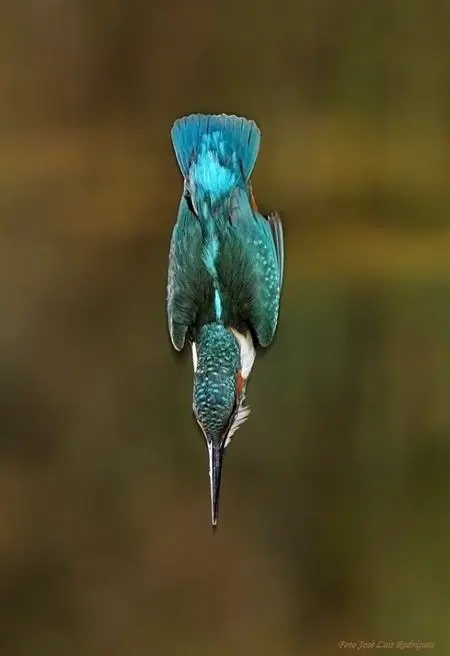
The first bullet train prototypes created a sound explosion that when coming out of a tunnel, was not at all desirable. In response to this problem, engineer J. R. West, who is in the habit of birdwatching, began to study species such as the kingfisher, which is able to dive into water almost without causing waves, and noticed that “they go from a medium density, air, to a medium density, water, without spreading water.” Changes to the project based on the skill of this bird made the high-speed train 10% faster with a 15% reduction in electricity consumption, and virtually eliminated the sound of the explosion.
2. Sharks vs bacteria.
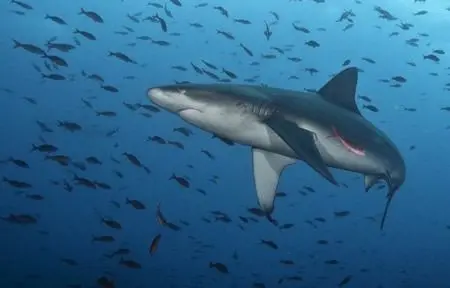
The Galapagos shark is able to keep the surface of its body free of bacteria through minuscule elevations present in it. These elevations follow a specific pattern and prevent bacteria from adhering, a secret exploited by the company Sharklet Technologies, which manufactures coatings that prevent the accumulation of bacteria. This technology reduces the use of chemical bactericides (which are a temporary solution, as there are more and more microorganisms resistant to them).
3. From the mist to the mouth.

In the Namibian desert, a small insect is able to collect water from the fog and thus ensure its own survival. “He has ‘bombs’ on the surface of his wings that act as ‘magnets for water.’ The water sticks to these pumps, runs down the sides and goes straight into the creature’s mouth,” explains Janine Benyus. Researcher Andrew Parker, from the University of Oxford in England, studied the phenomenon that helped architectural firms build structures that, like insects, are able to efficiently collect water from fog. “10 times better than our nets at capturing fog,” he says.
4. Corals and buildings.
Certain beings do not consider carbon dioxide a poison: plants and shell-making organisms, corals, regard it as a building block. Based on the way corals enjoy the substance, scientists have developed a cement “recipe” that uses carbon dioxide. Generally, in its manufacture, a ton of cement emits one ton of CO2. With the new method, it emits half a ton, 50% less.
5. The secret to a good filter.
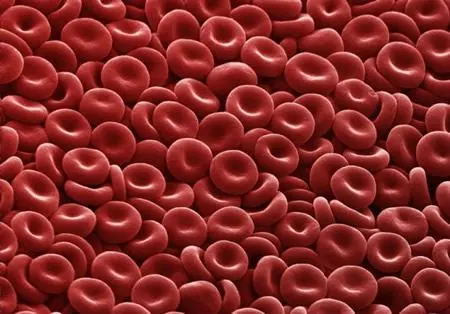
There are many ways that nature filters water to remove salt. We usually place water and use a membrane, a process in which a large amount of energy is expended. Nature makes something much more elegant. The red blood cells in our blood have hourglass-shaped pores through which water molecules pass, but not salt molecules, a high-efficiency filtering structure that began to be used by some companies in the manufacture of desalination membranes.
6. Clean butterflies.
Without expending energy or relying on chemicals, butterflies are able to keep their wings free of dirt (just as Galapagos sharks keep their body surface free of bacteria), thanks to the way their surface interacts with water molecules and impurities, a secret exploited by some companies specializing in coatings.
7. Electricity that heals.
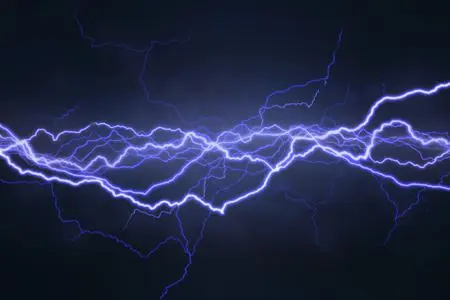
There is scientific evidence that the electric field that exists around our cells is essential for wound healing. Through chemical processes, it is possible to increase the intensity of this phenomenon and thus create bandages that directly accelerate tissue recovery, something especially useful for diabetics and other people who have compromised regeneration.
8. Natural and (almost) universal adhesive.
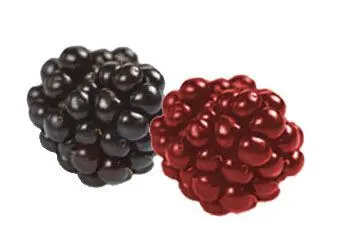
Wild blackberries have small hooks that allow them to adhere to many surfaces without the need for adhesive chemicals, something that can be harnessed in industries such as construction and packaging.
9. Anti-pollution sheets.
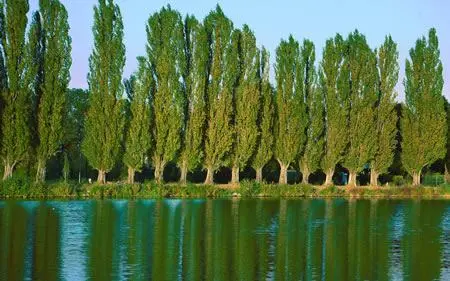
Certain types of trees (such as maple and poplar) have leaves that are able to absorb some types of pollutants more easily than others, 40% more if these pollutants were combined with oxygen. The mechanism behind this efficient absorption has been taken advantage of by air filter manufacturers.
10. Cats and bumpers.
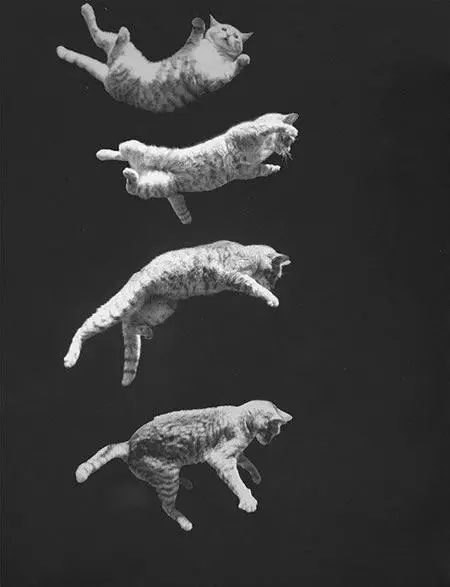
A cat can fall from considerable heights without hurting itself, thanks to an anatomical detail: there is a direct relationship between its collarbone and spine, allowing its front limbs to absorb the impact of the fall efficiently, something that can be used to produce more effective safety grilles and bumpers.
Source: biomimicry in action


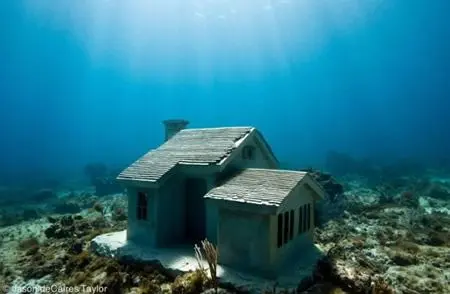
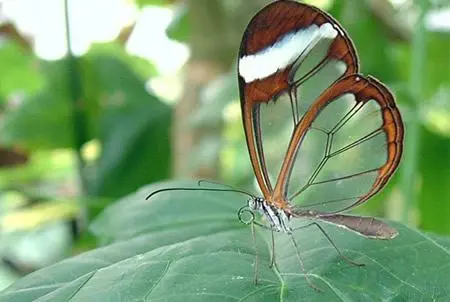

Comments